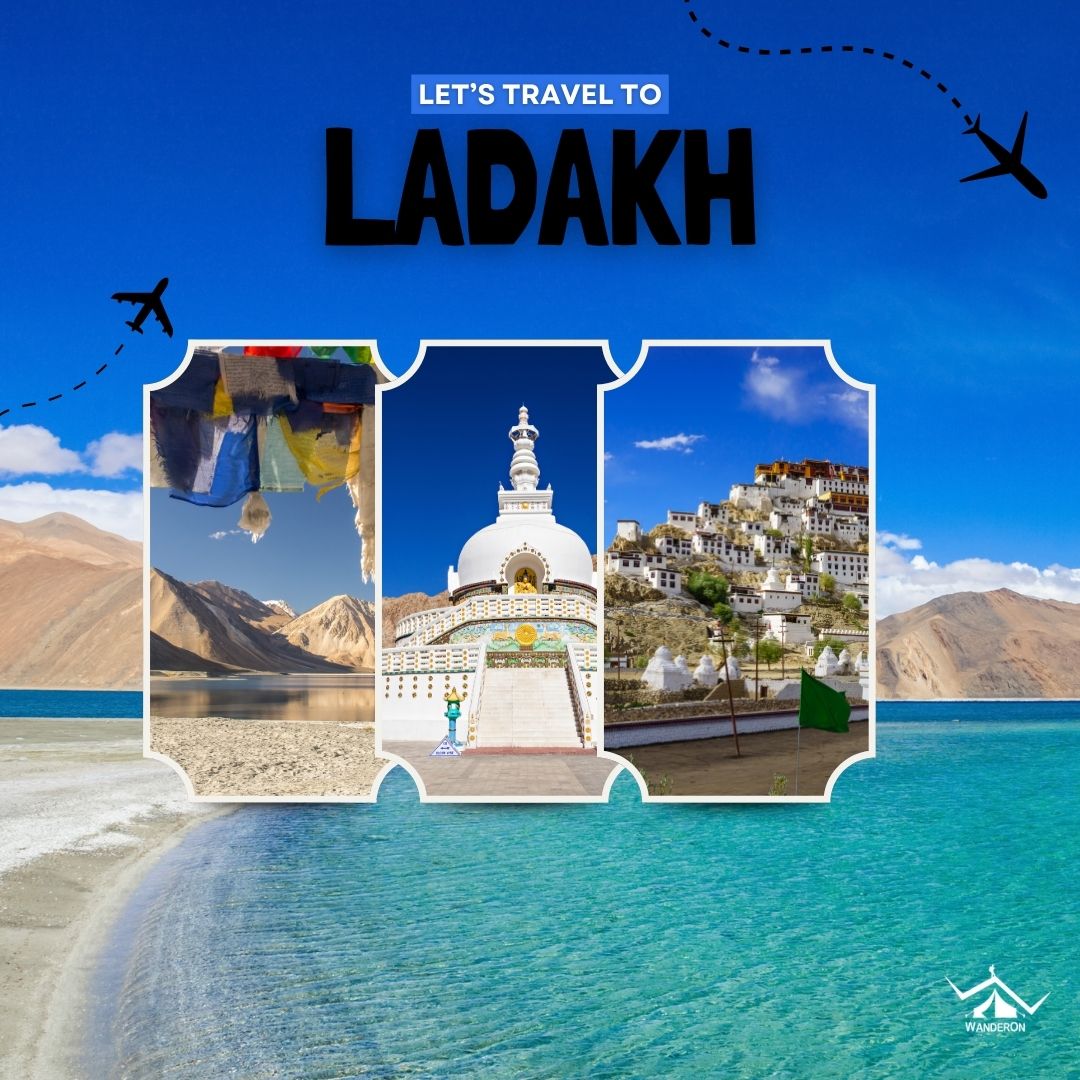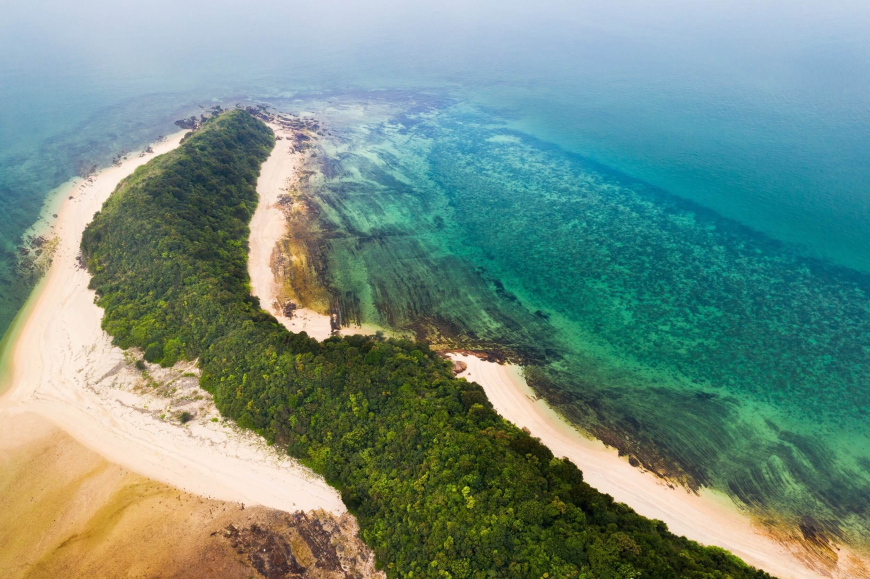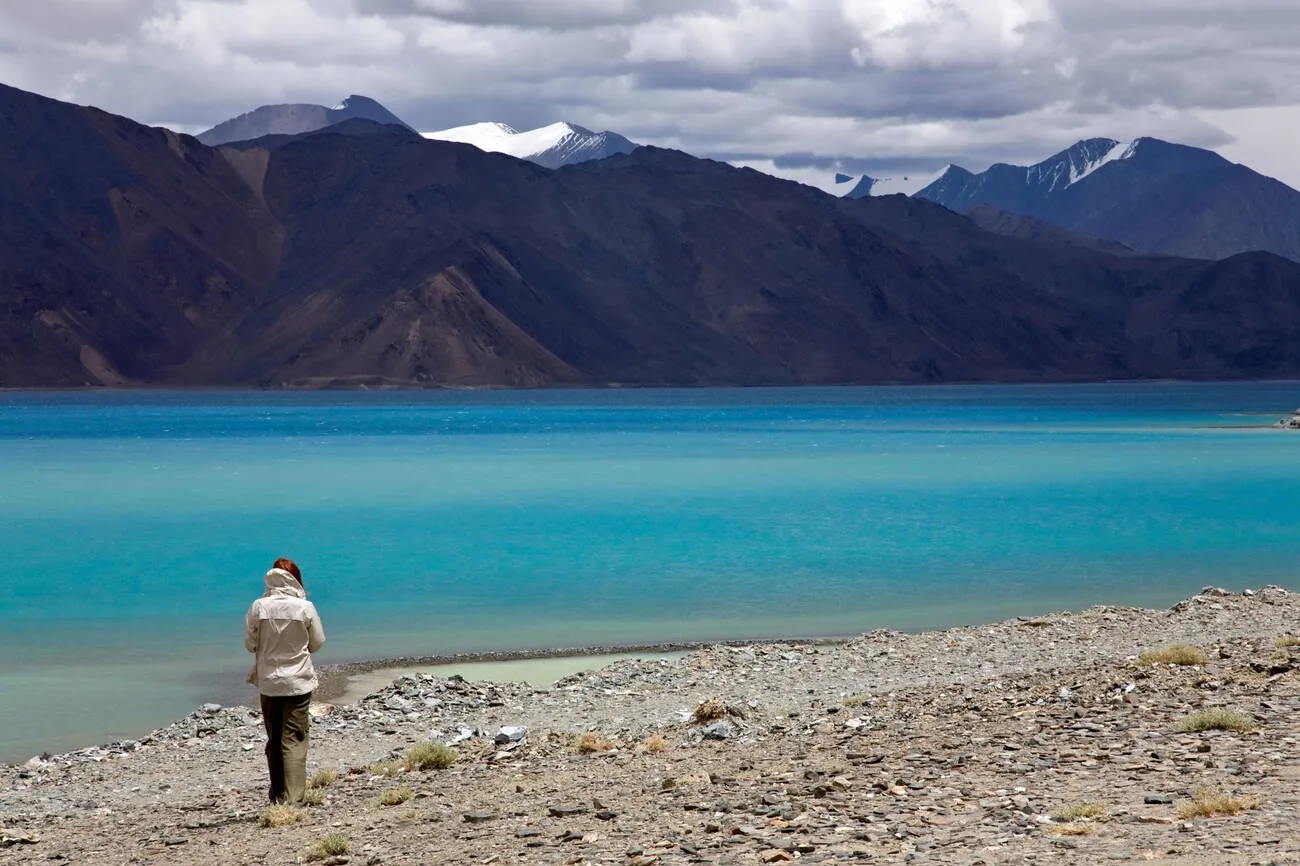Tiger Hill in Ladakh Travel Guide: Best Time, How to Reach & Top Lakes for Your Bike Trip

Strong 8k brings an ultra-HD IPTV experience to your living room and your pocket.
There’s a certain magic in the air as you ride through the wild, winding roads of Ladakh. Every turn brings you face-to-face with snow-capped peaks, ancient battlefields, and landscapes that seem to stretch into infinity. Among these legendary spots, Tiger Hill in Ladakh stands tall—both literally and figuratively. After just a few moments gazing at its summit, you’ll understand why it’s a must-see on any trip to Ladakh. Whether you’re a history buff, a biker, or simply a lover of epic mountain views, Tiger Hill is a symbol of courage, adventure, and the untamed beauty of the Himalayas.
Why Tiger Hill in Ladakh Is Famous
Tiger Hill, also known as Point 5062 or Surging Sea Hill, is the highest peak in the Drass-Kargil region, rising to an awe-inspiring elevation of over 5,300 meters. The hill commands panoramic views of the Drass Valley and the surrounding Himalayan ranges, making it a favorite among trekkers, photographers, and adventure seekers.
But Tiger Hill is more than just a scenic viewpoint. It’s a site steeped in history, having played a pivotal role during the 1999 Kargil War. The peak’s strategic location overlooking National Highway 1D made it the focal point of intense military action, and it remains a symbol of valor and national pride.
Best Time to Visit Tiger Hill in Ladakh
The best time to visit Tiger Hill is from May to September. During these months, the weather is relatively mild, the skies are clear, and the roads are accessible. Here’s what to expect:
May–June: Snow starts melting, revealing lush valleys and making the trek to Tiger Hill more manageable.
July–August: Peak summer brings the best visibility and pleasant temperatures, ideal for trekking and biking.
September: Early autumn offers crisp air and fewer crowds, with golden hues spreading across the landscape.
Tip: Winters (October to April) are extremely harsh, with heavy snowfall and sub-zero temperatures, making travel challenging and risky.
How to Reach Tiger Hill
Tiger Hill is located near Drass, about 60 km from Kargil and 160 km from Leh. Here’s how you can get there:
By Road:
From Leh: Take National Highway 1D towards Kargil, then continue to Drass. The journey offers breathtaking views and several scenic stops.
From Srinagar: Drive via Zoji La Pass to Drass and onwards to Tiger Hill.
By Bike: Many adventurers choose to ride bikes, adding an extra thrill to the journey.
Trekking to Tiger Hill:
The final ascent to Tiger Hill involves a challenging trek through rocky terrain and high-altitude meadows. It’s best attempted by experienced trekkers or with a local guide.
Public Transport:
Buses and shared taxis run between Leh, Kargil, and Drass, but for flexibility and adventure, private vehicles or bikes are recommended.
Things to Do at Tiger Hill
Trekking & Hiking: Take on the challenge of trekking to the summit for panoramic views of the Drass Valley and the distant peaks of the Himalayas.
Photography: Sunrise and sunset paint the snow-capped mountains in golden hues—perfect for stunning photos.
History Walks: Explore the area’s war memorials and learn about the heroic battles fought here.
Picnics & Relaxation: The peaceful meadows around Tiger Hill are ideal for a quiet picnic or a moment of reflection.
Travel Tips for Tiger Hill
Acclimatize: Drass is one of the coldest inhabited places in the world, and Tiger Hill’s altitude is extreme. Spend a day or two acclimatizing in Kargil or Drass before attempting the trek.
Pack Wisely: Bring warm clothing, sturdy trekking shoes, sunscreen, and plenty of water.
Permits: Indian nationals generally don’t need permits for Drass, but it’s wise to check current regulations, especially for foreigners.
Safety: Weather can change rapidly. Always check forecasts and avoid trekking during storms or heavy snowfall.
Respect the Land: Tiger Hill is both a natural wonder and a site of national significance. Treat it with respect and leave no trace.
Places to Visit Nearby
Drass War Memorial: A moving tribute to the soldiers of the Kargil War, located on the Srinagar–Leh Highway.
Kargil Town: Explore local markets, try Ladakhi cuisine, and visit historic sites.
Tololing Hill: Another strategic peak with its own stories from the Kargil conflict.
Minamarg: A beautiful valley en route to Zoji La Pass, perfect for short hikes and photography.
Lakes to Visit During Ladakh Bike Trip
No trip to Ladakh is complete without exploring its breathtaking lakes. These pristine waters are a dream for bikers, offering scenic routes, tranquil campsites, and unforgettable reflections of the Himalayas.
1. Pangong Lake
The most iconic lake in Ladakh, famous for its ever-changing blue hues and dramatic mountain backdrop. Camp on its shores and watch the stars come alive at night.
2. Tso Moriri
A high-altitude lake surrounded by snow-capped peaks and remote villages. The ride here is challenging but incredibly rewarding.
3. Tso Kar
Known as the “White Lake,” Tso Kar is a saltwater lake with a unique landscape and abundant birdlife—perfect for nature lovers and photographers.
4. Yarab Tso
A hidden gem near Nubra Valley, this sacred lake is accessible by a short hike and offers serene views away from the crowds.
5. Kyagar Tso
A small, lesser-known lake on the way to Tso Moriri, ideal for a quiet break and some peaceful reflection.
6. Mirpal Tso
Located in the remote Changthang region, Mirpal Tso is a turquoise jewel surrounded by wild, untouched landscapes.
7. Stat Tso & Lang Tso
Twin lakes near Zanskar, offering stunning views and a sense of complete isolation.
8. Chagar Tso
A beautiful stop on the way to Pangong, with crystal-clear waters and panoramic mountain views.
9. Spanggur Tso
A remote lake near the Indo-China border, accessible with special permits for the truly adventurous.
10. Kiagar Tso
A tranquil spot en route to Tso Moriri, perfect for a picnic or a quiet moment by the water.
11. Shey Tso
Close to Leh, this small lake is surrounded by ancient monasteries and lush fields—a peaceful escape not far from the city.
Essential Tips for Biking in Ladakh
Plan Your Route: Map out your journey, including fuel stops and accommodation near the lakes.
Check Permits: Some lakes require special permits—arrange these in Leh before you set out.
Weather Watch: Mountain weather is unpredictable. Carry rain gear and warm layers.
Bike Maintenance: Carry basic tools, spare parts, and check your bike before every leg of the journey.
Travel Light: Pack only essentials to make your ride smoother and more enjoyable.
Frequently Asked Questions
Is Tiger Hill suitable for beginners?
The trek is challenging due to the altitude and terrain, best for experienced trekkers or those with a guide.
Can I visit Tiger Hill year-round?
The best time is May to September. Winters are extremely cold and not recommended for travel.
Are the lakes accessible by bike?
Most major lakes are accessible by bike, but some remote ones may require off-road skills and special permits.
What should I pack for a Ladakh bike trip?
Warm clothing, rain gear, bike tools, snacks, water, and all necessary permits.
Final Thoughts
Tiger Hill in Ladakh is not just a peak—it’s a symbol of adventure, resilience, and the awe-inspiring beauty of the Himalayas. Combine your visit with a ride to the region’s legendary lakes, and your trip to Ladakh will be a journey you’ll never forget. Whether you’re chasing history, seeking solitude, or riding for the thrill of the open road, Ladakh’s mountains and waters are waiting to inspire you.
Note: IndiBlogHub features both user-submitted and editorial content. We do not verify third-party contributions. Read our Disclaimer and Privacy Policyfor details.




